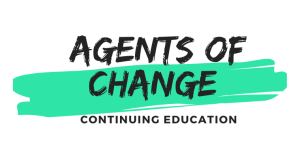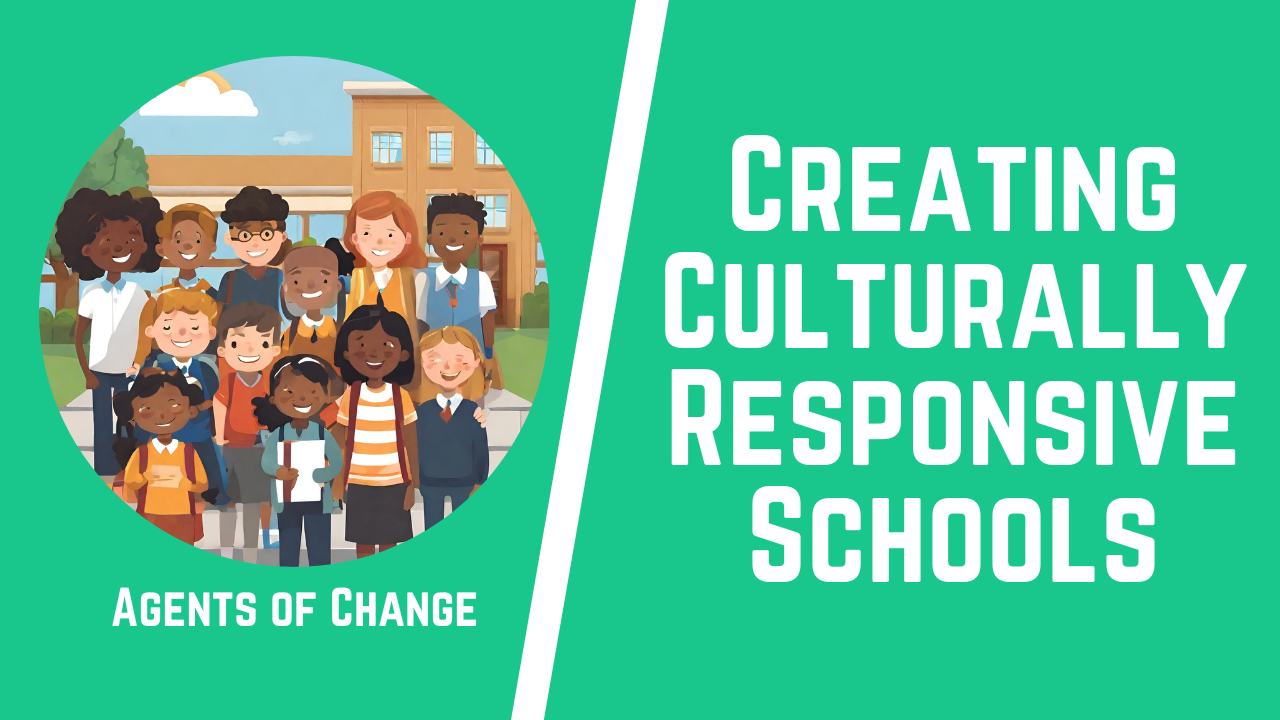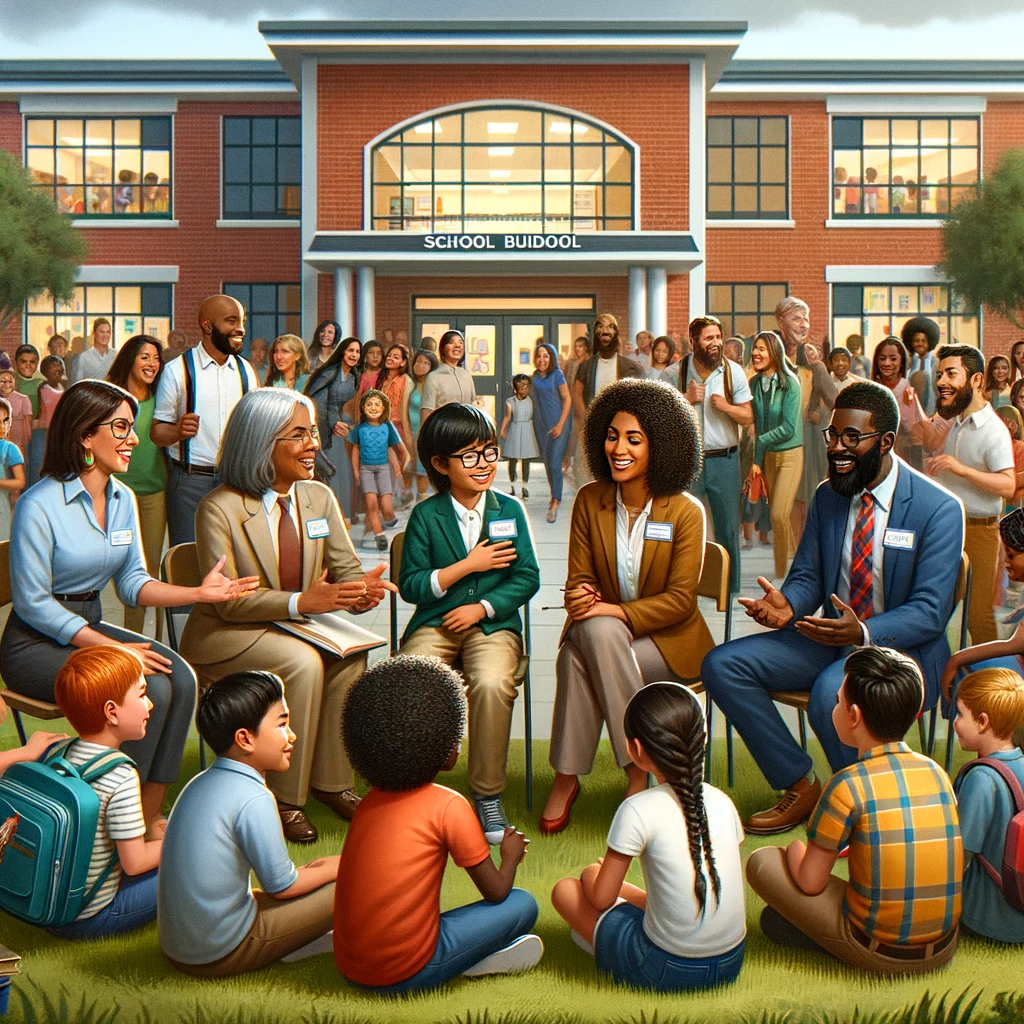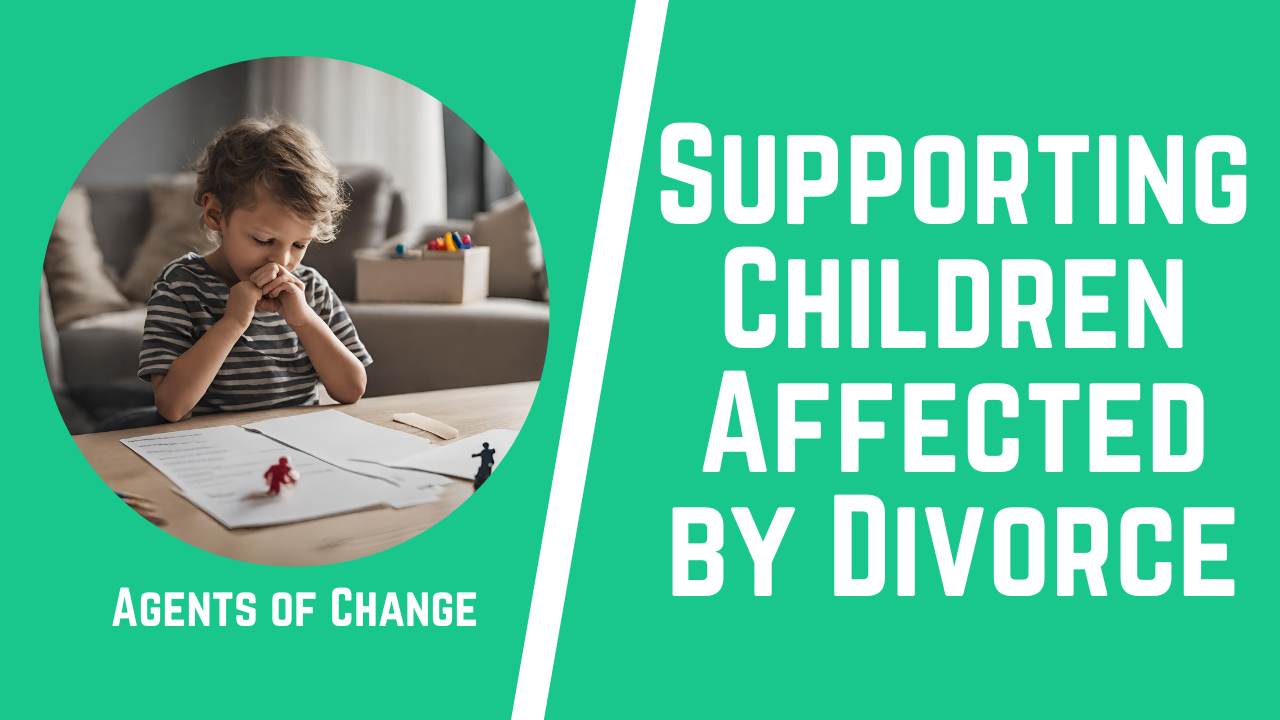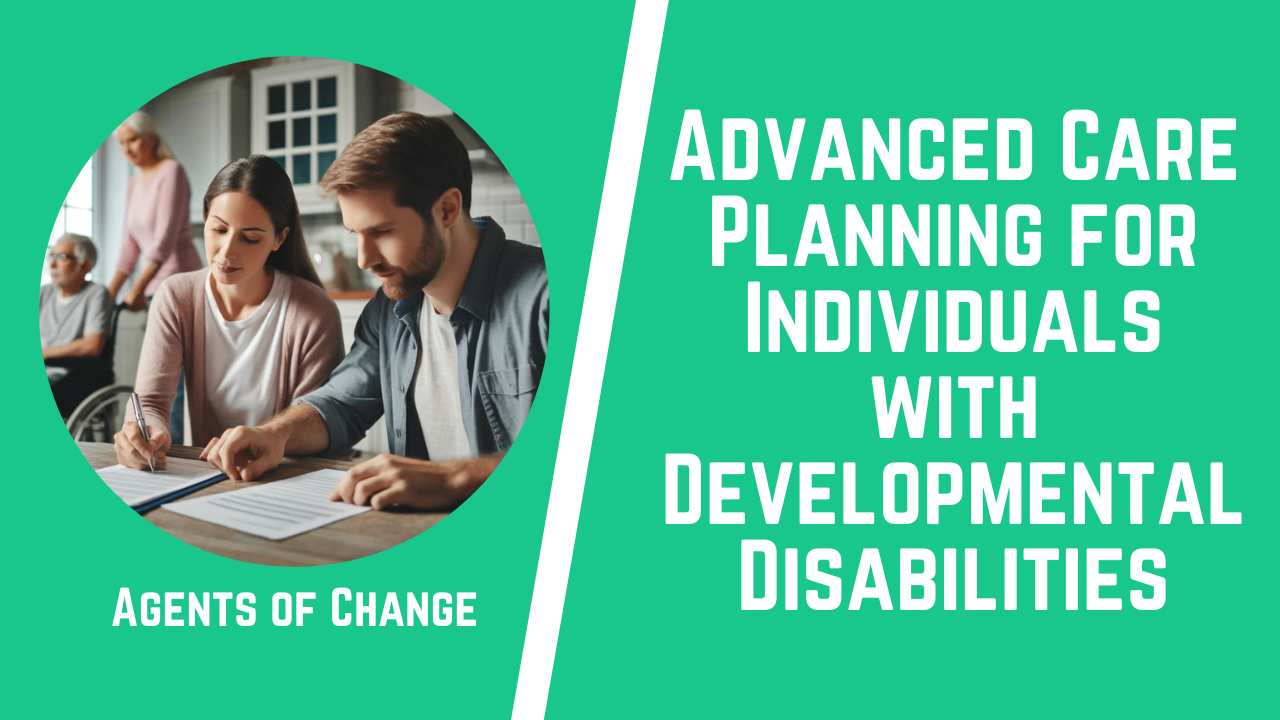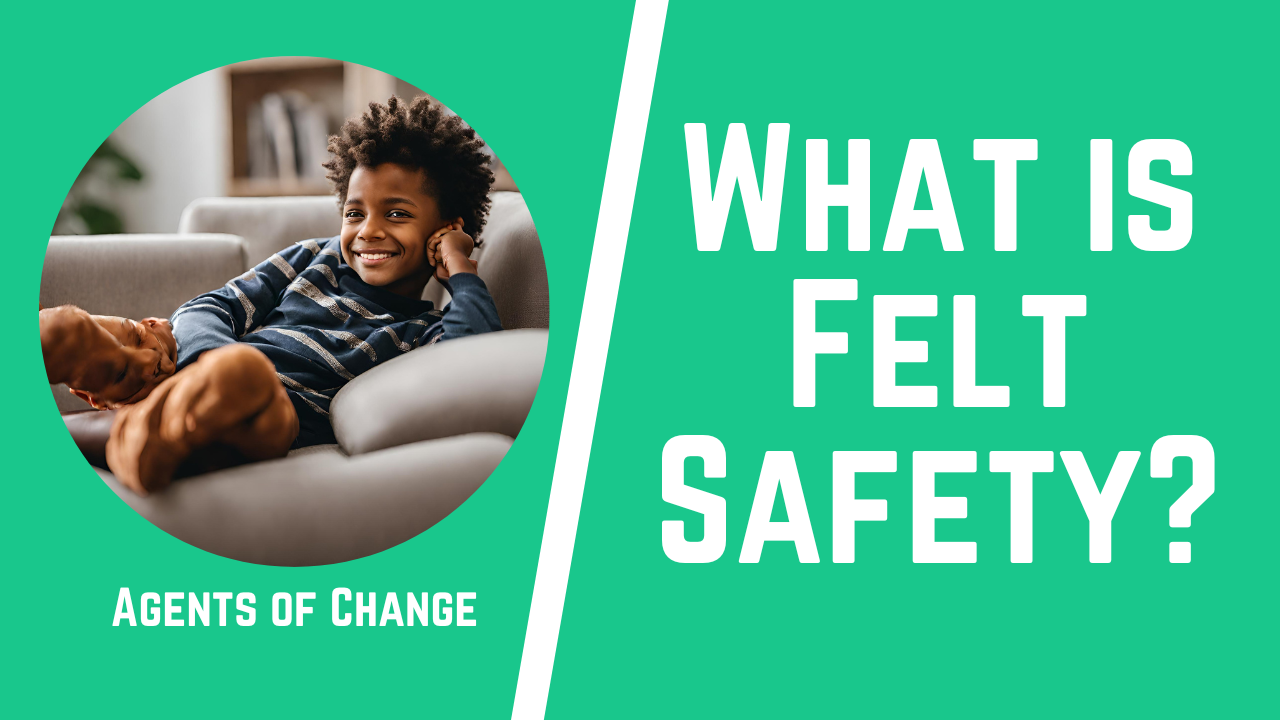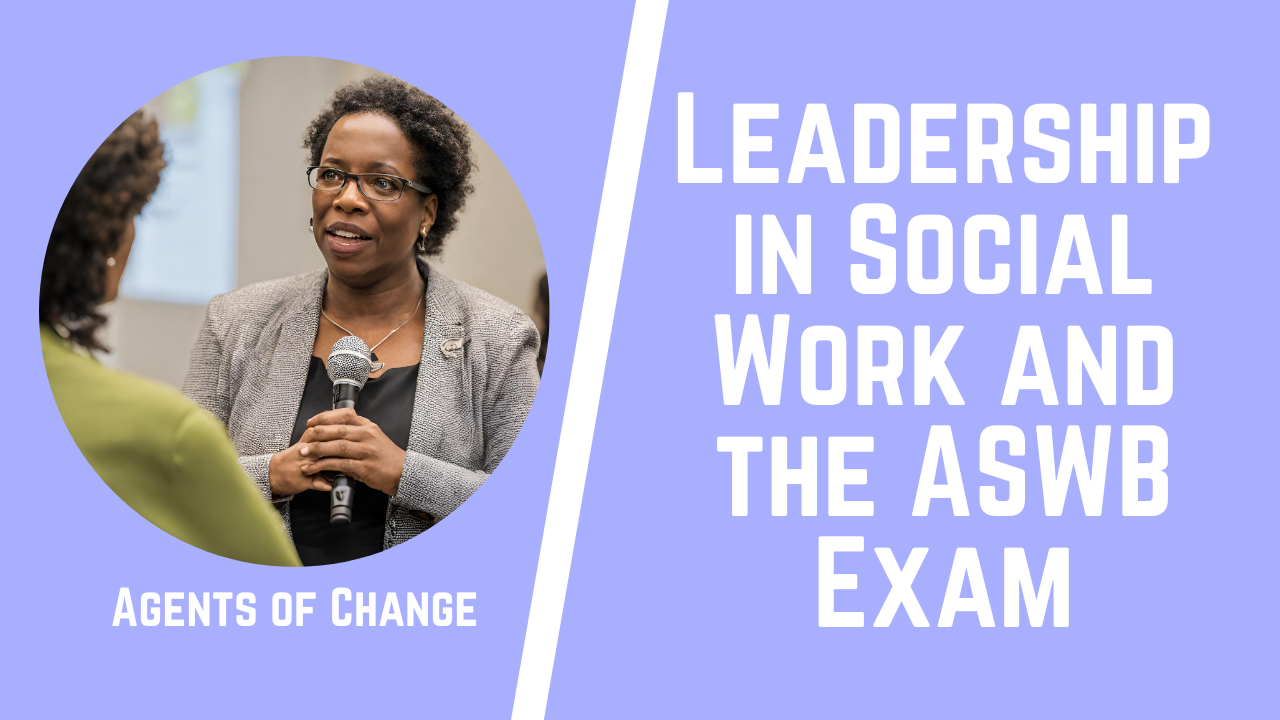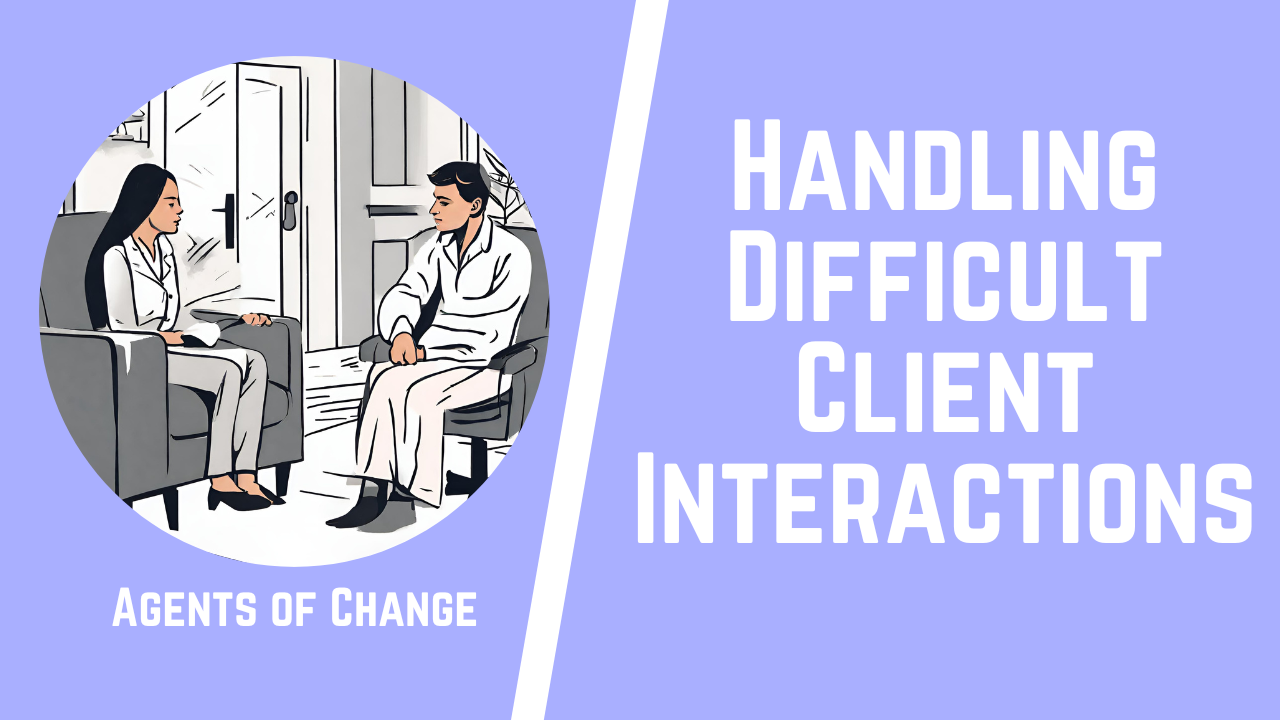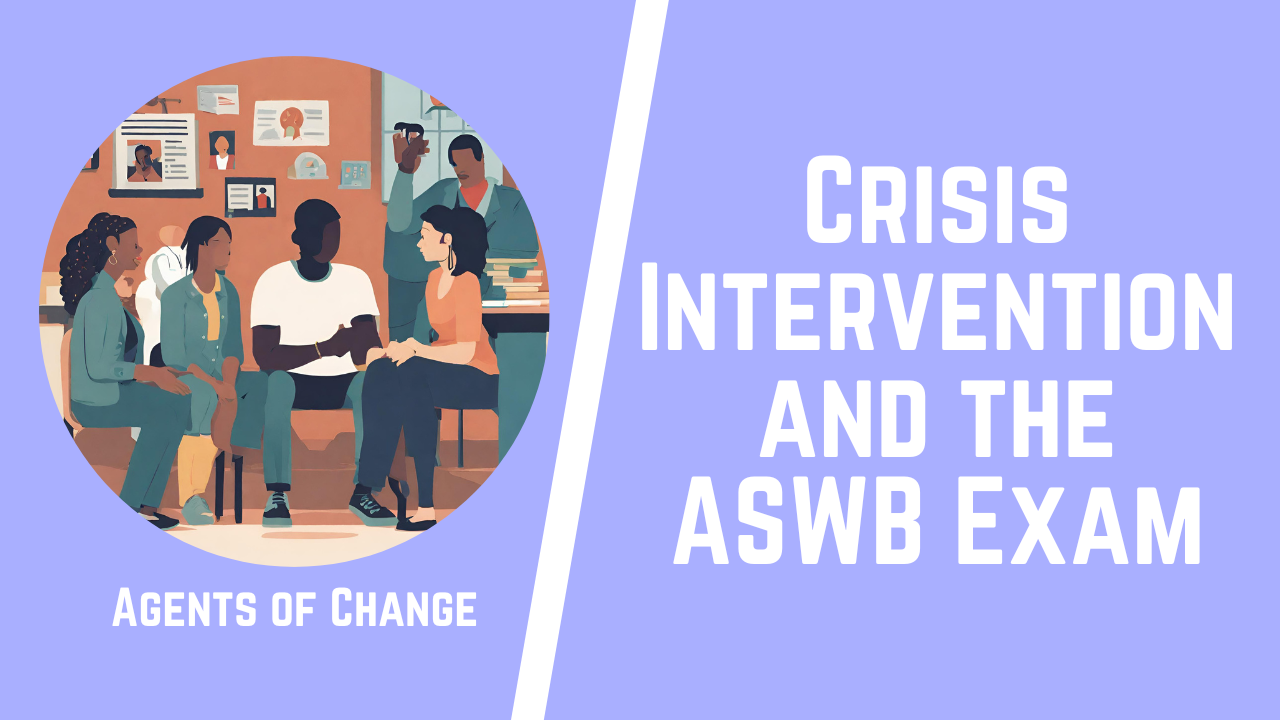Imagine a school that not only excels academically but also thrives as a vibrant tapestry of diverse cultures and perspectives. In these ideal educational environments, each student’s unique background is acknowledged and celebrated.
This is the essence of culturally responsive schools, environments designed to foster an inclusive atmosphere that respects and integrates the diverse cultural backgrounds of all students and staff. The creation of such schools isn’t just a lofty ideal; it’s a practical model that enhances educational equity and empowers students from all walks of life.
But who orchestrates these transformative environments? Enter Social Workers, the linchpins in cultivating these inclusive educational settings. With specialized skills in empathy, advocacy, and interpersonal communication, Social Workers collaborate with educators, students, and the community to mold schools into places where cultural responsiveness is woven into the very fabric of the educational experience.
From developing culturally inclusive curricula to providing direct support to students facing cultural dilemmas, Social Workers help navigate the complexities of a diverse student body to promote understanding and respect across the board.
Did you know? Agents of Change Continuing Education offers Unlimited Access to 150+ CE courses for one low annual fee to meet your state’s requirements for Continuing Education credits and level up your career.
We’ve helped thousands of Social Workers with Continuing Education, learn more here about Agents of Change and claim your 5 free CEUs.
1) What Makes a School Culturally Responsive?
Creating a culturally responsive school involves more than just acknowledging the cultural diversity within its student population. It requires a systematic approach to reforming the school’s culture, curriculum, and practices to ensure they support the learning and emotional needs of all students.
Embracing a Multicultural Curriculum
At the heart of culturally responsive education is a curriculum that celebrates and reflects the diversity of the student body. This involves more than simply including diverse characters in stories or historical figures in lessons; it requires a deep integration of various cultural perspectives into the core curriculum across all subjects.
Key aspects of a multicultural curriculum include:
- Inclusion of Diverse Perspectives: Lessons should present multiple viewpoints and include contributions from a variety of cultural backgrounds.
- Cultural Relevance: Teaching materials and lesson plans should connect with students’ cultural contexts, enhancing engagement and comprehension.
- Critical Thinking: Encourage students to think critically about cultural norms, including their own, fostering a deeper understanding and appreciation of diversity.
Cultivating an Inclusive School Climate
A culturally responsive school promotes an environment where every student feels safe, respected, and connected. This climate is nurtured through intentional practices that affirm the identities of all community members.
Strategies to enhance school climate include:
- Respectful Communication: Regular training sessions for staff on cultural competence to ensure interactions within the school are respectful and inclusive.
- Representation in School Leadership: Ensuring that the school’s leadership reflects the diversity of the student body, providing role models and reinforcing the importance of diversity at all levels.
- Support Groups and Clubs: Creating spaces for students from various backgrounds to explore their cultures and identities while fostering cross-cultural friendships.
Engaging Family and Community
Schools do not operate in isolation but are part of a larger community that significantly influences their operation and success. Culturally responsive schools actively engage families and community members, recognizing them as valuable resources for enriching the educational experience.
Effective community engagement practices include:
- Family Outreach Programs: Develop initiatives that invite family involvement in school activities, which may include language translation services to ensure inclusivity.
- Community Collaboration: Partner with local cultural organizations to bring community resources and perspectives into the school.
- Feedback Systems: Implement systems for students, parents, and community members to provide feedback on school policies and practices, ensuring their voices are heard and acted upon.
Professional Development and Support
Ensuring that educators and staff are equipped to foster a culturally responsive environment is crucial. Continuous professional development must be a priority to help them understand cultural nuances and adapt teaching methods accordingly.
Key components of professional development include:
- Ongoing Training: Regular workshops and seminars on cultural awareness and inclusive teaching strategies.
- Peer Mentoring and Collaboration: Opportunities for staff to learn from one another’s experiences and insights through structured peer mentoring programs.
- Evaluation and Reflection: Encourage staff to reflect on their teaching practices and their effectiveness in promoting cultural responsiveness.
Assessing Cultural Responsiveness
A culturally responsive school is always in the process of becoming; it requires ongoing assessment and adaptation. Tools and frameworks for evaluating the effectiveness of the school’s cultural initiatives are essential for continuous improvement.
Assessment strategies might include:
- Surveys and Questionnaires: Regularly gathering input from students, parents, and teachers regarding the school’s cultural climate.
- Audit of Curriculum and Teaching Practices: Periodic reviews of educational materials and teaching methods to ensure they align with culturally responsive objectives.
- Student Performance and Engagement Metrics: Monitoring data not only on academic performance but also on engagement levels across different cultural groups to identify and address any disparities.
By integrating these elements, a school can move towards truly being culturally responsive. It is a dynamic process that adapts as the student body and community evolve. The commitment to this adaptability and growth ensures that all students receive a supportive and enriching education.
Learn more about Agents of Change Continuing Education. We’ve helped thousands of Social Workers with their Continuing Education and want you to be next!
2) How Social Workers Promote Cultural Responsiveness
Social Workers play a crucial role in the development of culturally responsive schools. They act as advocates, educators, and facilitators, working across various levels of the educational system to ensure that every student’s cultural identity is respected and valued.
Their approach includes direct intervention, policy advocacy, and staff development, each contributing uniquely to the creation of an inclusive learning environment.
Training and Educating Staff
One of the primary roles of Social Workers in schools is to provide training and education to teachers and staff. This professional development is vital for fostering a school-wide culture of inclusivity and respect.
Key training initiatives include:
- Cultural Competence Workshops: These sessions help educators understand and appreciate the cultural differences and similarities among students. Topics might include cultural norms, communication styles, and family values.
- Anti-bias Training: Social Workers lead programs that help staff identify and overcome unconscious biases that could affect their teaching practices and interactions with students.
- Conflict Resolution Skills: Training in conflict resolution that takes cultural contexts into account, enabling teachers to manage classroom disputes fairly and respectfully.
Advocating for Inclusive Policies and Practices
Social Workers also advocate for policies at both the school and district level that support cultural responsiveness. This might involve modifying existing policies or introducing new initiatives that better cater to the needs of a diverse student population.
Advocacy efforts often focus on:
- Curriculum Changes: Pushing for the inclusion of multicultural content in the curriculum that reflects the diverse backgrounds of the student body.
- Support Services: Advocating for increased support services, such as counseling and language assistance, to help students from diverse backgrounds succeed.
- Inclusive Environment Policies: Promoting policies that ensure all school environments are welcoming and accessible to students of all cultures.
Supporting Students Directly
Social Workers provide direct support to students, helping them navigate the challenges that can arise from cultural differences within the school setting. Their support is tailored to meet the specific emotional and social needs of students, ensuring they feel fully integrated into the school community.
Direct support includes:
- Counseling Services: Offering one-on-one or group counseling sessions for students struggling with cultural identity issues or facing discrimination.
- Mentoring Programs: Establishing mentoring programs that pair students with mentors who share similar cultural backgrounds.
- Family Engagement: Working closely with the families of students to ensure they are involved in their children’s education and feel valued by the school community.
Facilitating Community Engagement
Social Workers facilitate connections between the school and the wider community, which is essential for creating a culturally responsive environment. These connections help bring external cultural resources into the school and allow students to see the link between their schooling and their community.
Community engagement strategies might include:
- Community Resource Mapping: Identifying and integrating community resources, such as local cultural organizations, into school programs.
- Cultural Events and Celebrations: Organizing events that celebrate different cultures, involving both the school and the wider community.
- Partnerships with Local Leaders: Building relationships with community leaders to support school initiatives and enhance cultural learning.
Continuous Learning and Improvement
To stay effective in their roles, Social Workers themselves must be committed to continuous learning about cultural responsiveness. This involves staying updated with the latest research, participating in professional development opportunities, and reflecting on their practices.
Ongoing professional development might include:
- Attending Seminars and Workshops: Participating in industry conferences and workshops focusing on cultural competence and inclusive education.
- Engaging with Research: Keeping abreast of the latest studies and findings in the field of cultural responsiveness to inform their practices.
- Peer Supervision and Support Groups: Engaging in regular discussions with peers to share experiences and strategies for dealing with challenges in the field.
Through these multifaceted approaches, Social Workers both contribute to the development of culturally responsive schools and also model the practices of empathy, advocacy, and inclusivity they aim to instill throughout the educational system. Their commitment ensures that schools not only educate but also celebrate the rich cultural tapestry of their student populations.
We’ve helped thousands of Social Workers with Continuing Education, learn more here about Agents of Change and claim your 5 free CEUs!
3) Barriers to Implementing Culturally Responsive Practices and How to Overcome Them
While the benefits of culturally responsive schools are well recognized, implementing these practices can often encounter significant challenges.
From resistance within the school community to a lack of resources, various barriers can impede the effective integration of culturally responsive practices. Understanding these obstacles and strategizing ways to overcome them is essential for school administrators, teachers, and Social Workers committed to this cause.
Resistance to Change
Change can be difficult, and altering long-standing educational practices and policies to incorporate cultural responsiveness is no exception. Resistance can come from various quarters, including staff, parents, and even the students themselves.
Strategies to overcome resistance include:
- Education and Awareness: Conduct informational sessions and workshops that clearly outline the benefits of culturally responsive practices not only for students from diverse backgrounds but for all students.
- Leadership Advocacy: Ensure that school leaders are visible champions of culturally responsive initiatives, demonstrating their commitment through active participation and support.
- Incremental Implementation: Start with small, manageable changes to gradually build confidence and support among the school community.
Lack of Training and Resources
The successful implementation of culturally responsive practices requires adequate training and resources, which can often be lacking in schools. Without the proper tools, educators may feel ill-equipped to address or incorporate cultural nuances effectively.
Ways to address these shortcomings include:
- Securing Funding: Explore various funding opportunities, including grants and partnerships with local businesses or cultural institutions, to support training programs and resource development.
- Utilizing Online Platforms: Take advantage of online resources and training modules, which can be more cost-effective and accessible for staff.
- Developing In-House Expertise: Identify and train interested staff members who can then train their colleagues, creating a sustainable pool of in-house experts.
Cultural Misunderstandings and Stereotypes
Misunderstandings and stereotypes can hinder the effectiveness of culturally responsive practices. Educators might unintentionally perpetuate stereotypes or fail to recognize the unique cultural backgrounds of their students.
To combat these issues, schools can:
- Continuous Professional Development: Offer ongoing training in cultural competence to educate and update teachers and staff on the complexities of cultural interactions.
- Student and Community Involvement: Encourage students and community members to share their experiences and perspectives, providing real-world contexts that help break down stereotypes.
- Reflective Practices: Implement reflective practices that allow teachers and staff to recognize and address their biases and assumptions.
Systemic Inequities
Often, the broader educational system’s structures do not support or prioritize culturally responsive education, making systemic change difficult. These systemic inequities can manifest in standardized curricula that do not reflect diversity, inadequate support for multilingual students, or biased disciplinary practices.
Strategies to address systemic inequities include:
- Policy Advocacy: Work with school boards, local governments, and educational authorities to advocate for policies that support culturally responsive education.
- Community Alliances: Build alliances with other schools and organizations to share resources, strategies, and successes in culturally responsive practices.
- Research and Documentation: Collect and disseminate data that highlights the positive impacts of culturally responsive practices on student outcomes, supporting the case for systemic change.
Overcoming these barriers requires a committed, comprehensive approach involving all stakeholders in the educational community. By recognizing and addressing these challenges head-on, schools can create more inclusive and effective educational environments where all students have the opportunity to succeed.
4) FAQs – Culturally Responsive Schools
Q: What exactly does it mean for a school to be “culturally responsive”?
A: A culturally responsive school is one that actively acknowledges and incorporates the diverse cultural backgrounds of its students into every aspect of its environment and curriculum.
This approach both respects and celebrates diversity and integrates it into teaching methods, educational content, and school policies. The goal is to create an inclusive and supportive educational setting where all students feel valued and are given equitable opportunities to succeed.
Q: How can social workers specifically help teachers become more culturally competent?
A: Social Workers can play a crucial role in enhancing teachers’ cultural competence through several key actions:
- Providing Training and Workshops: Social workers can organize and lead training sessions that focus on understanding cultural diversity, addressing unconscious biases, and learning culturally responsive teaching strategies.
- Offering Ongoing Support: They can serve as a resource for teachers by offering counsel and advice on dealing with specific cultural issues that arise in the classroom.
- Facilitating Discussion Groups: Creating safe spaces for teachers to discuss challenges and share experiences related to cultural responsiveness can promote continuous learning and empathy. These initiatives help create a supportive environment that encourages personal and professional growth among educators.
Q: What are some common obstacles schools face in implementing culturally responsive practices, and how can they be overcome?
A: Implementing culturally responsive practices can face several obstacles, including resistance to change, lack of proper training, and systemic inequities. Overcoming these challenges involves:
- Educating and Engaging the School Community: Schools need to educate their staff, students, and the wider community about the importance of cultural responsiveness, actively seeking their involvement and buy-in.
- Investing in Professional Development: Ensuring that teachers and staff have access to continuous professional development opportunities is critical. This can be achieved through workshops, seminars, and collaborative learning sessions focused on cultural competence.
- Advocating for Policy Changes: School leaders and Social Workers should advocate for systemic changes at the district or state level that support the integration of culturally responsive practices into all aspects of schooling. By addressing these challenges head-on with strategic planning and community engagement, schools can make significant strides toward becoming genuinely culturally responsive institutions.
5) Conclusion
The journey toward establishing culturally responsive schools is both necessary and complex. It demands commitment and active participation from all stakeholders, particularly Social Workers, who play a pivotal role in this transformative process.
Through their unique skill set in empathy, advocacy, and communication, Social Workers help bridge cultural gaps, support educational staff, and foster an inclusive atmosphere that benefits all students. Their efforts ensure that cultural responsiveness transcends being merely a concept and becomes a lived reality within the educational system.
Moreover, the continuous professional development of Social Workers, such as the programs offered by Agents of Change Continuing Education, is essential for sustaining this momentum. These programs equip Social Workers with the latest knowledge and techniques to navigate and enrich the ever-evolving cultural landscapes of schools. By investing in such educational opportunities, we not only enhance the capabilities of Social Workers but also contribute to the broader goal of creating equitable and respectful learning environments.
Learn more about Agents of Change Continuing Education. We’ve helped thousands of Social Workers with their Continuing Education and want you to be next!
————————————————————————————————————————————————
► Learn more about the Agents of Change Continuing Education here: https://agentsofchangetraining.com
About the Instructor, Meagan Mitchell: Meagan is a Licensed Clinical Social Worker and has been providing Continuing Education for Social Workers for more than 8 years. From all of this experience helping others pass their exams, she created Agents of Change Continuing Education to help Social Workers stay up-to-date on the latest trends, research, and techniques.
#socialwork #socialworker #socialwork #socialworklicense #socialworklicensing #continuinged #continuingeducation #ce #socialworkce #freecesocialwork #lmsw #lcsw
Disclaimer: This content has been made available for informational and educational purposes only. This content is not intended to be a substitute for professional medical or clinical advice, diagnosis, or treatment
